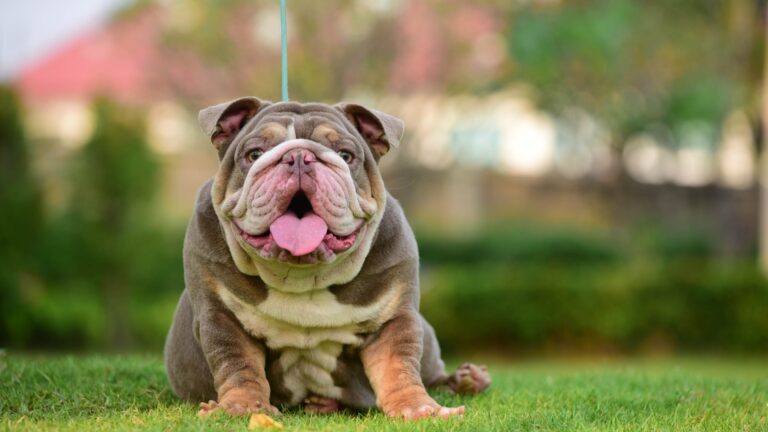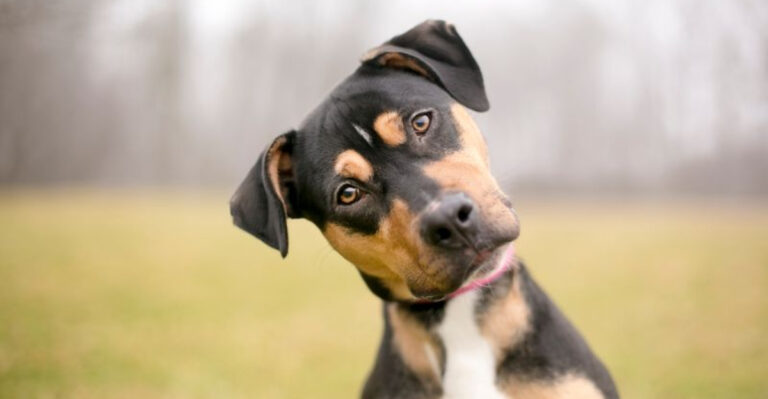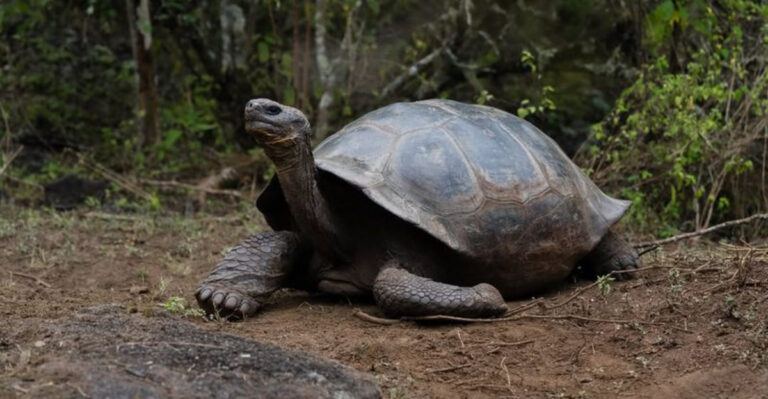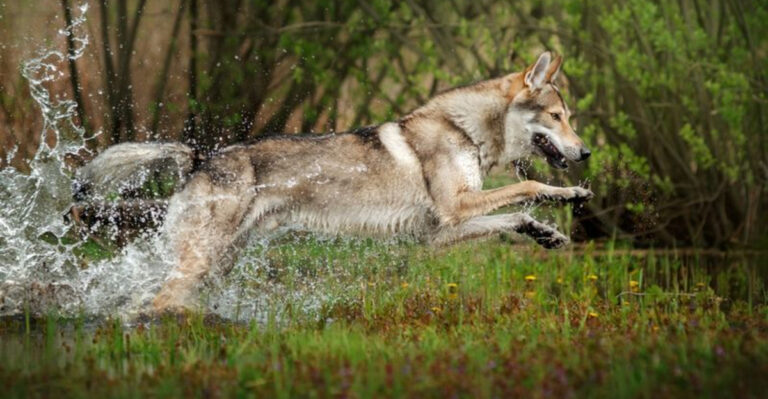10 Dog Breeds Losing Popularity According To The AKC And 4 That Are On The Rise
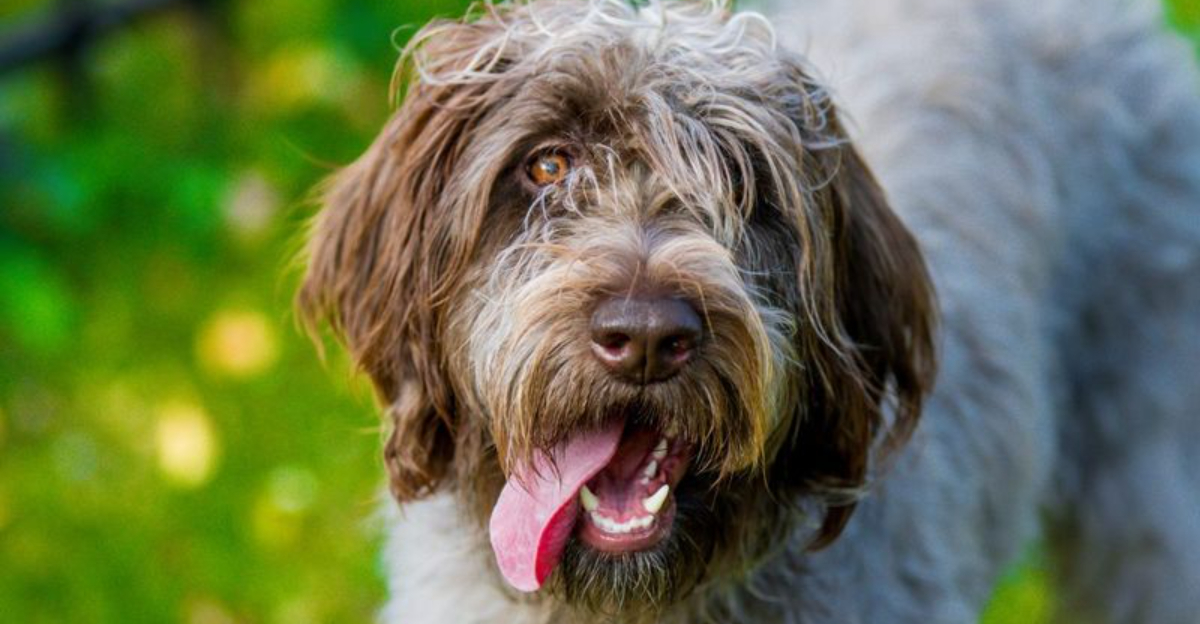
Ever wonder why you’re seeing fewer Dalmatians at the dog park these days? The American Kennel Club tracks dog registration statistics yearly, revealing fascinating shifts in breed popularity.
Some once-beloved breeds are falling out of favor while newcomers are capturing the hearts of dog lovers nationwide. Let’s look at which furry friends are losing their spotlight and which ones are becoming the new favorites.
1. Dalmatians

Remember those iconic spotted pups from ‘101 Dalmatians’? Their popularity has taken a nosedive since the 1990s movie craze. Many families discovered these energetic dogs need tons of exercise and consistent training.
Without proper outlets, they can become destructive and difficult to manage. Their high-strung nature and potential health issues have led many potential owners to look elsewhere for family pets.
2. Irish Setters

Once America’s sweetheart with their flowing mahogany coats, Irish Setters have gradually lost their widespread appeal. Their boundless energy and need for extensive daily exercise make them challenging for today’s busy families.
These intelligent hunting dogs require mental stimulation alongside physical activity. While still beloved by enthusiasts for their playful spirits and loyalty, their high-maintenance grooming needs and space requirements have contributed to their declining registration numbers.
3. Smooth Fox Terriers

Sharp as tacks and historically favored by royalty, these compact terriers are seeing fewer new owners each year. Their spirited personalities require consistent training from day one to channel their natural hunting instincts appropriately.
Despite their manageable size, they pack substantial energy into small frames. Modern families often opt for less intense small breeds that don’t need as much exercise and attention to prevent mischief-making behaviors from developing.
4. Wirehaired Pointing Griffons

Dubbed the “supreme gundog” by hunters, these shaggy specialists are falling off the popularity charts despite their incredible versatility. Few modern households provide the extensive outdoor activities these working dogs crave.
Their distinctive bearded faces and wiry coats require regular professional grooming. While exceptionally trainable and devoted to their families, their strong hunting drive and exercise requirements make them impractical for urban dwellers seeking more adaptable companion animals.
5. Sealyham Terriers

Once the darlings of Hollywood and British royalty, these charming terriers are now so rare they’ve appeared on vulnerability lists. Their decline puzzles many breed enthusiasts, as they’re actually more laid-back than typical terriers.
Hand-stripping their distinctive white coats requires specialized grooming knowledge that’s becoming uncommon. Despite their more moderate exercise needs and adaptable size, they’ve been overshadowed by designer breeds and remain largely unknown to the average dog seeker.
6. Chesapeake Bay Retrievers

Famous for their waterproof coats and incredible retrieving abilities, these hardworking dogs are seeing fewer registrations yearly. Their independent, sometimes stubborn nature requires experienced handling that novice dog owners often aren’t prepared for.
Bred for icy water retrieval, they possess intense drive and determination. While fiercely loyal to their families, their reserved nature with strangers and need for consistent leadership make them less suitable for casual pet owners seeking an easygoing family companion.
7. Dandie Dinmont Terriers

Named after a character in Sir Walter Scott’s novel, these unique-looking terriers with “topknots” of silky hair are becoming increasingly scarce. Only a few hundred puppies are registered worldwide annually, putting them on endangered breed lists.
Their moderate exercise needs and dignified personalities would actually suit many homes. Unfortunately, limited breeding programs and low public awareness have contributed to their decline, despite their adaptability to apartment living and compatibility with responsible children.
8. Afghan Hounds

With their flowing silky coats and regal bearing, Afghan Hounds were once status symbols among the fashionable elite. Their dramatic decline stems partly from the intense grooming commitment – many owners spend hours weekly maintaining those stunning locks.
Beyond beauty maintenance, their independent nature makes training challenging. They’re also expensive to feed and care for properly. Many potential owners are deterred by their aloof temperaments and specialized needs, opting instead for more affectionate, lower-maintenance breeds.
9. Clumber Spaniels

Favored by British royalty for generations, these heavyset white spaniels with lemon markings are increasingly rare sights. Their deliberate hunting style earned them the nickname “retired gentleman’s spaniel” – they work methodically rather than frantically.
Despite their gentle nature with families, their substantial drooling and shedding deter many prospective owners. Health concerns including hip dysplasia have further limited breeding programs, contributing to their declining numbers despite their calm temperaments and moderate exercise needs.
10. Scottish Deerhounds

Nicknamed the “Royal Dog of Scotland,” these gentle giants once hunted deer across the Scottish Highlands. Their massive size – often exceeding 100 pounds – makes them impractical for most modern homes and apartment dwellers.
They require space to stretch their long legs and gallop occasionally. While sweet-natured and quiet indoors, their strong prey drive means they can’t typically be trusted off-leash in unfenced areas. Their relatively short lifespan of 8-10 years also discourages potential owners.
11. French Bulldogs

Skyrocketing to the #2 spot in AKC rankings, these compact companions have captured hearts nationwide with their expressive bat ears and squishy faces. Their apartment-friendly size and minimal exercise needs make them perfect for urban living.
Despite serious breathing challenges and high veterinary costs, their clownish personalities keep them in demand. Celebrity ownership has further boosted their visibility. Their adaptability to various lifestyles and affectionate nature continue driving their meteoric rise in popularity.
12. Cane Corso

Once nearly extinct, these powerful Italian mastiffs have made an impressive comeback, climbing steadily in AKC rankings. Their imposing appearance belies their typically calm, steady temperament when properly trained and socialized.
Historically farm guardians and hunting companions, they’ve found new purpose as family protectors. Their loyalty and intelligence attract owners seeking both a companion and deterrent. Despite their size and strength requiring experienced handling, their rising popularity shows no signs of slowing.
13. Australian Shepherds

Despite their misleading name (they were actually developed in the western United States), these striking herding dogs continue climbing the popularity charts. Their intelligence and trainability make them standouts in dog sports and working roles.
Their distinctive merle coats and heterochromia (different-colored eyes) add to their appeal. Active families appreciate their boundless energy and problem-solving abilities. Their versatility as both working partners and devoted family companions ensures their continued rise in registrations.
14. Pembroke Welsh Corgis

Famous as Queen Elizabeth II’s preferred companions, these short-legged herders have seen a dramatic surge in popularity. Their fox-like expressions and big personalities packed into small bodies charm owners everywhere.
Social media has amplified their appeal, with countless corgi accounts showcasing their silly antics and expressive faces. Despite being working dogs with substantial exercise needs, their adaptability to various living situations has helped fuel their popularity boom in recent years.



